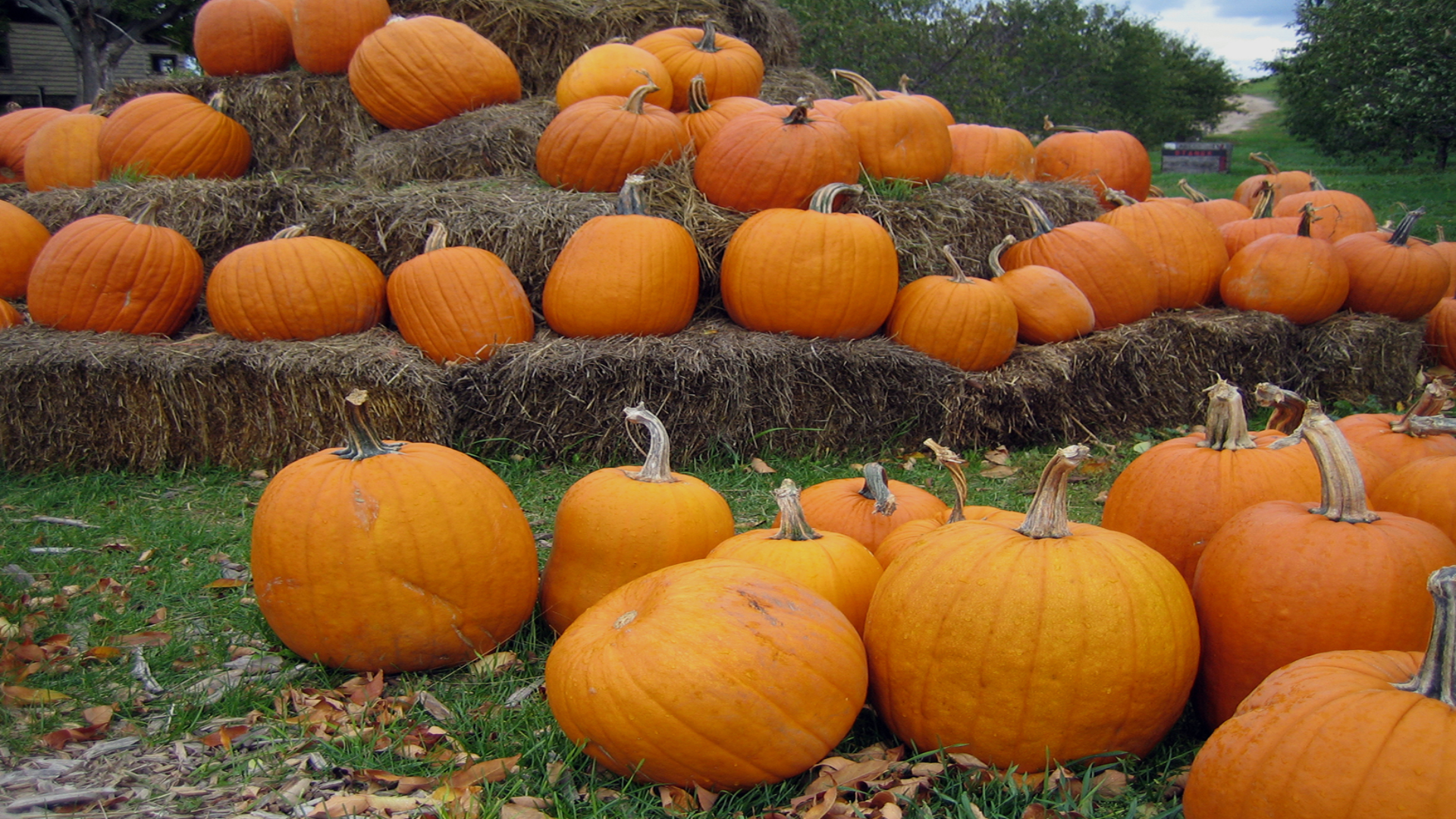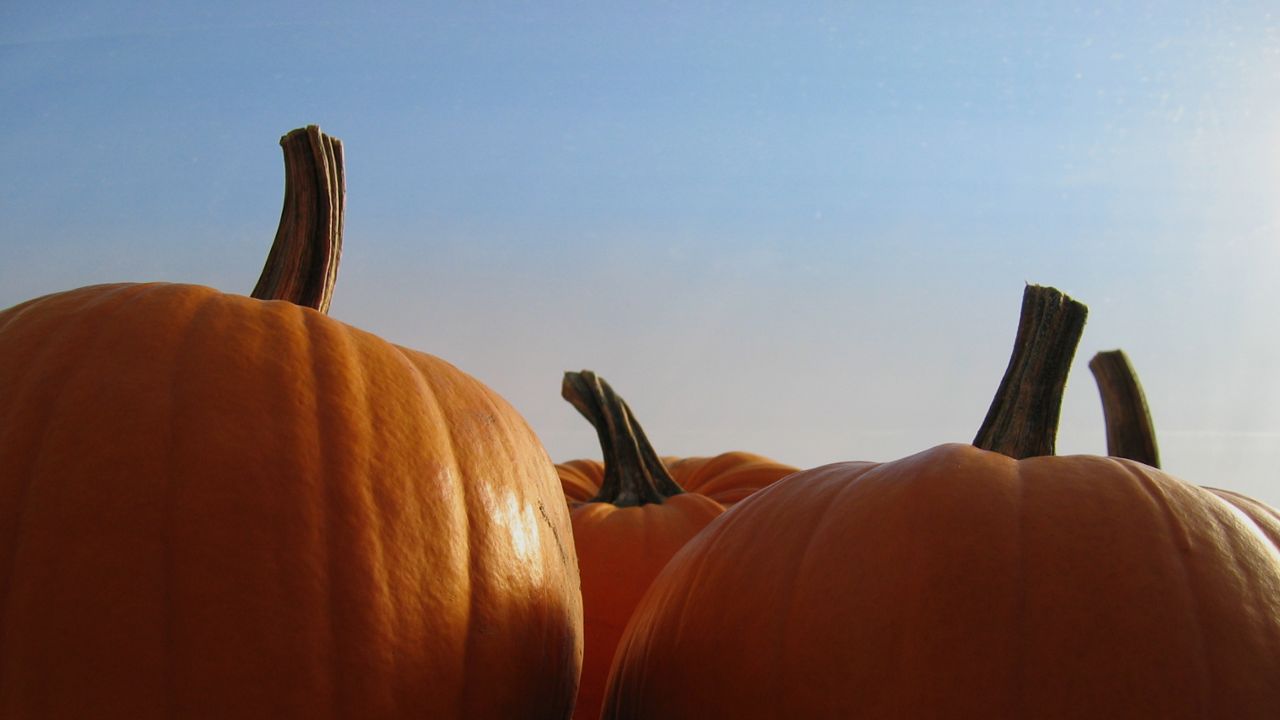For farmers to get the best pumpkin crop, the weather needs to cooperate from late spring into early fall.
For those of you who didn't know, my first job was in Central Illinois. During my time there, I grew to learn that the "Pumpkin Capital of the World" is actually in Central Illinois, specifically Morton.
So, the forecast is extremely important to pumpkin farmers in that area.
Often I would talk to Farmer John Ackerman, at Ackerman Farm, to get an update on how the pumpkin crop was looking.
And, every time I spoke with Farmer John (yes, that's what he went by), he would always request the same forecast.

First and foremost, pumpkins are very susceptible to cold temperatures. Any bit of frost is detrimental to a pumpkin crop.
Because of this, pumpkin farmers will plant the pumpkin seeds after the last frost of spring and try to harvest before the heaviest frosts at the end of October.
During the summer months, for optimum growth, it is ideal to get about an inch of rain each week. Too much rain will cause the crop to soften and rot.
As for temperatures, a pumpkin crop performs better in warmer climates, especially nearing harvest.
Farmers look for the soil to be on the drier side during harvest for the process to be easy.
Hopefully we can convince Mother Nature to help pumpkin farmers have a fruitful harvest!



